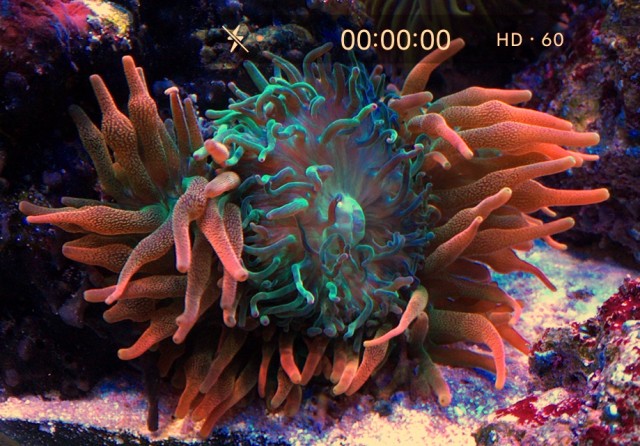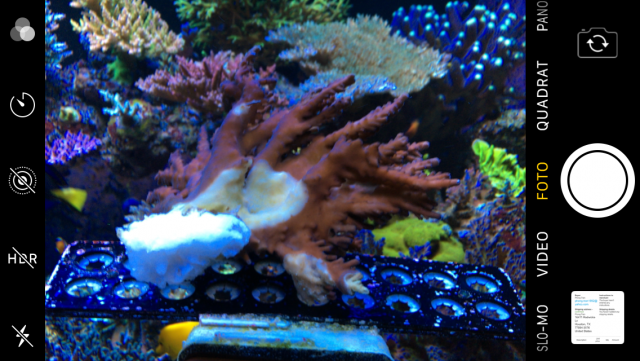
RTN and STN and how the hobby is changing as we know it !!!
The last few weeks were extremely interesting!!!
I was doing more and more microscopic exams on corals from local buddies on SPS corals that were experiencing RTN and STN :-(
Anyways at the same time I came across the Prime Corals RTN Stop dip as well as the Prevent RTN tank treatment and started to look deeper into it.
I teamed up with Ara, the inventor of the products and had a lot of discussions with him about his theory about the root cause of TN being a microscopic parasite which he got under a lot of fire in the industry with his theory.
But whenever I had the corals been given, I found those parasites in all cases on the corals as well and started to dig deeper into this subject and started testing his RTN Stop dip on these affected corals since I started pretty fast to believe in his theory to be quite honest.
So the treatments and dips did help to rescue the corals since the owners of these corals started to immediately using that dip repeatedly and the survival rate was impressive.
So....... then the shocking event occurred last week !!!
After readjusting my Nutrient system and fixing my reactor as in the previous posts mentioned, I saw a Coral in my tank STNing almost RTNing
Well, it did put a smile on my face somewhat since this gave me the opportunity to experiment live on my own tank with my corals.
I did have STN/RTN happening in the beginning of the this tank setup as some of my followers remember hence I think I had this parasite hiding in my tank for a long time.
Long story short, I will publish in more detail the Treatment protocol, all relevant microscopic videos I did before, during, and after the treatment confirming the success of the dip.
One step further, I also performed already 2 tank treatments over the weekend on my own risk with all fish remaining in the tank! I will explain then the preventive measures I took and mistakes I did or things that I could have done better.
So far, I did loose only 1 fish due to my mistake.
All RTN/STN stopped instantly after treatment and I could confirm via microscopic exams the effect of the treatment on the corals and as well the tank.
For a complete eradication of this parasite, that many have in their tanks, I plan to do 2 more treatments with in the next days/weeks.
So stay tuned for that ;-)
I will post the protocol performed as time allows to do so.
-Andre





















